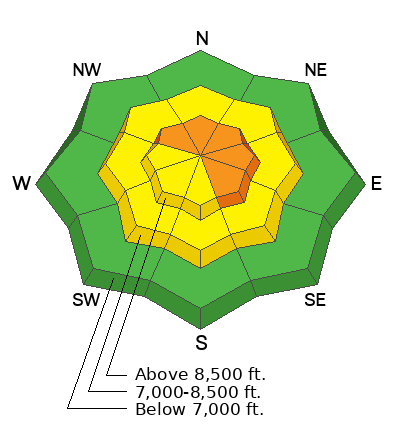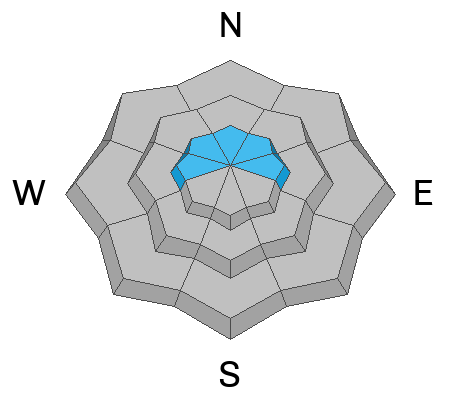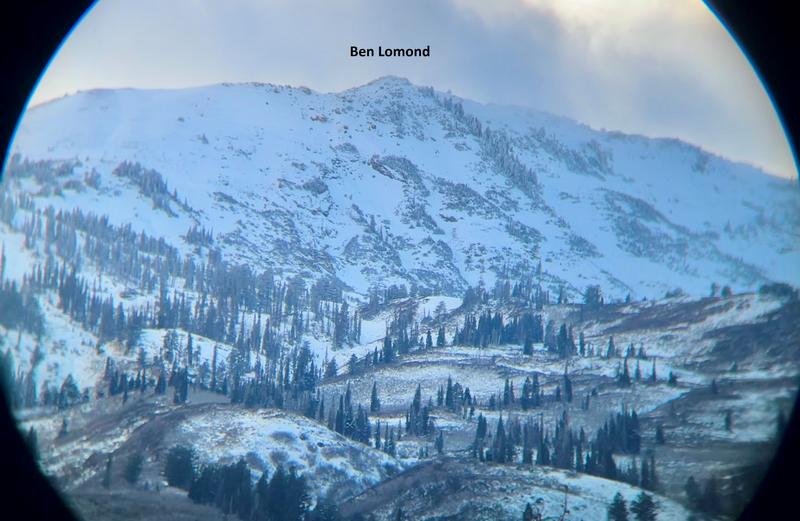Forecast for the Ogden Area Mountains

Issued by Drew Hardesty on
Saturday morning, December 2, 2023
Saturday morning, December 2, 2023
Dangerous avalanche conditions exist and they will only become more dangerous overnight and into tomorrow.
A CONSIDERABLE avalanche danger exists primarily on steep wind drifted northerly to easterly facing aspects in the upper elevations. Human triggered avalanches 1-3' deep are likely and may be triggered at a distance (remotely). Some natural avalanches are possible due to the wind. A MODERATE avalanche danger exists on all other mid-elevation slopes. Remember that traumatic injury is likely with any avalanche involvement this early season.
****The danger may reach toward HIGH by late afternoon to early evening. Watch for changing conditions with new snow and wind.****

Low
Moderate
Considerable
High
Extreme
Learn how to read the forecast here









